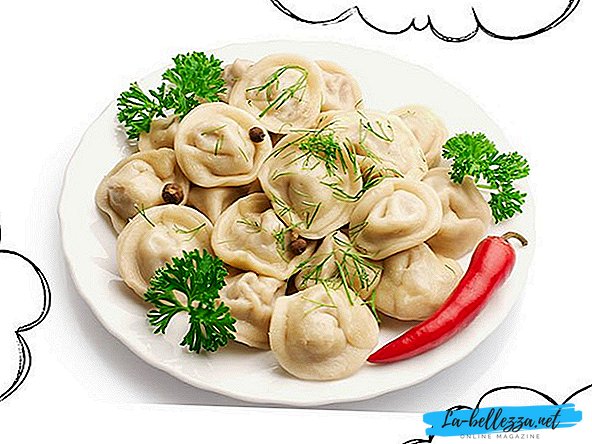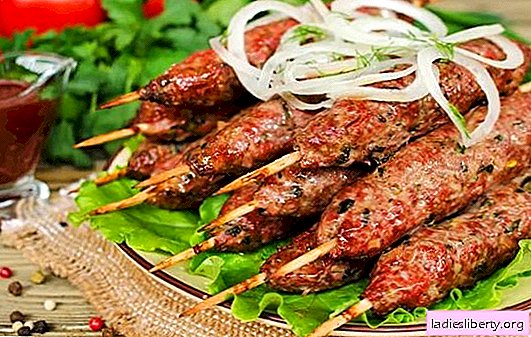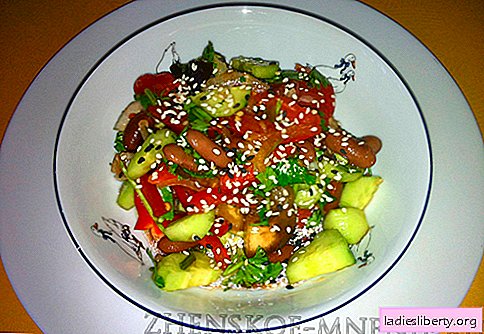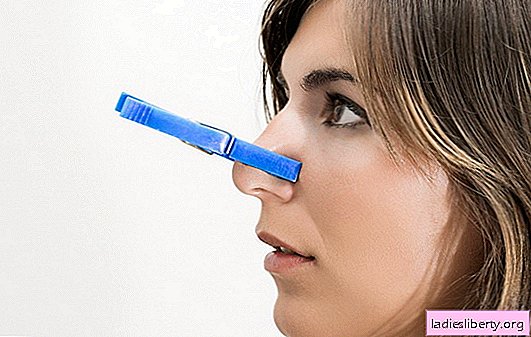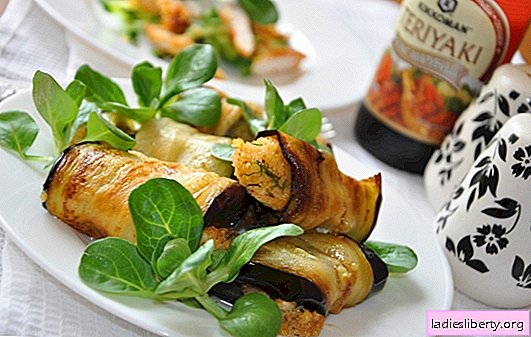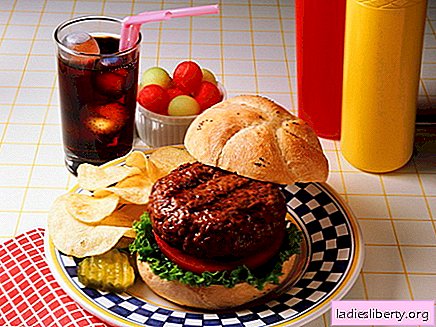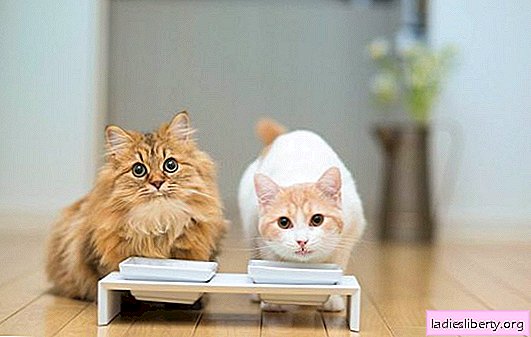
Almost every cat owner thinks how many times a day it is necessary to feed the animal. How much food is needed for the full development of a small kitten and an adult cat. A properly balanced diet is the foundation of a pet's health.
What food is needed for healthy cat development
When compiling a nutritious diet, veterinarians identify the three most common types of feeding:
1. Purchased dry feed or canned food - These are specially developed products containing the entire necessary complex of vitamins and minerals. But, when purchasing them, you need to consider for what age they are intended. The physiological characteristics of the pet are also very important, for example, animals after castration make adjustments to the diet.
Cat canned food is divided into several subspecies:
• Super-premium food - they include only natural ingredients, the whole complex of minerals, vitamins and fatty acids.
• Premium feed - offal added to natural ingredients. Animal protein is replaced with vegetable protein. Vitamins and minerals are contained in small quantities. Therefore, such food can not be used as the main one.
• Economy option - low-calorie and non-vitaminized feed. There is nothing natural in their composition, but only meat waste, soy, dyes and flavorings.
2. Food from the table - most often these products are fed to their pets by inexperienced cat owners. This food is acceptable, but many ingredients must be excluded. Experts warn that if you give the cat everything he asks, his health is in great danger. In the first place, the gastrointestinal tract, liver and kidneys will suffer.
It is strictly forbidden to give the cat sweet, baked, fried and salty. Food with spices and pickled products.
3. Natural food - According to many veterinarians, this is the most optimal nutritional option. An important feature of such a diet is its diversity. Cat meat can only be dietary, no pork. Do not give meat products in raw form. It is necessary to conduct heat treatment. The same goes for fish, milk and eggs.
How many times a day to feed kittens
The needs of a small kitten, an adult cat, and a sufficiently mature cat are very different. Therefore, the diet is based on them.
Fluffies from birth to six months old eat more often. But this does not mean that you need to feed them around the clock, here you must adhere to a strict regime.
From the first days of life, babies need frequent feeding. Therefore, if for some reason they were left without a mother, for the first three days they need food every two hours around the clock.
Further, until the fulfillment of one month, the “babies” are fed day and night, observing the interval between feedings of 4 hours.
In the period from 1 to 2 months, kittens are slowly weaned from milk and lures are introduced. The frequency of feeding is also reduced. First, they are given food every 6 hours, then they are transferred to three meals a day (in the morning, at lunch and in the evening). In order to prevent starvation or overeating, the baby is regularly weighed on the scales.
It so happens that the kitten can not get enough. In this case, it is better to check it for the presence of worms, often it is parasites that cause uncontrolled appetite. Sometimes a constant feeling of hunger causes a disease such as hyperthyroidism. Therefore, the cat should be referred for examination to a veterinary clinic.
After the sixth month and up to a year, veterinarians recommend feeding the young cat twice a day. An animal not accustomed to a diet can ask for food more often. You can not feed, otherwise there is a high probability of obesity in a cat. Especially if she is too lazy and leads a sedentary lifestyle.
Cat breeders insist that they teach their kitten to eat at a specific time as soon as possible and exclusively from his individual bowl. Then, already in adulthood, the puffy will never fit on the table, and will not beg for food.
How many times a day to feed an adult cat
The physiological and mental health of the cat is directly dependent on the schedule and quality of nutrition. The correct time for feeding an adult animal is in the morning and evening hours.
It is very important that the food is cleaned after feeding. First of all, this will prevent possible poisoning, as food can go bad during the day. Secondly, an unfinished meal indicates that the pet is full. Therefore, the food is disposed of and the bowl thoroughly washed.
Water for drinking should be constantly, you only need to change it periodically so that it is fresh and clean all the time. Filtered or boiled water is ideal. A bowl of water should be placed close to food, but the cat should be comfortable, eat and drink.
There is one way to determine the correct weight of the pet. To do this, grab his ribs on both sides. If they are practically not palpable, then the cat overeats and has obesity. Conversely, when the costal plates protrude too much, the animal is starving.
How much feed does a pregnant cat need per day
There is a misconception that a pregnant and lactating cat should eat as often as possible. This is not true. She needs a certain diet prescribed by a veterinarian. It must not be allowed to get fat, then it will be difficult for the cat to give birth.
A nursing mother should be fed more often and in slightly larger portions. But nutrition must be fortified, and not high-calorie.
How and how many times to feed mature cats
Cats that have reached the age of seven are fed only once a day. Often by this time they already have problems with their teeth and gums, so it is better if the food is shallow soft and moist.
In old age, cats can pick and eat food. New products should be introduced carefully and in small portions so as not to bring the body of a middle-aged animal to inflammation of the gastrointestinal tract.
How much to feed a cat per day, how much feed she needs
The amount of feed depends on the age, breed and physiological characteristics of the pet. An adult healthy cat for one feeding should eat no more than 200 gr. food. This norm includes 150 gr. protein food and 50-70 gr. carbohydrates. While British and Scottish breeds need more food.
Castrated and sterilized animals are more lazy, so their portion is reduced.
Loving owners compensate the cat for something long during a long separation. According to zoopsychologists, pets need and care more than a piece of sausage.


